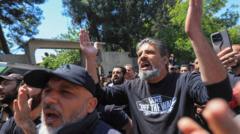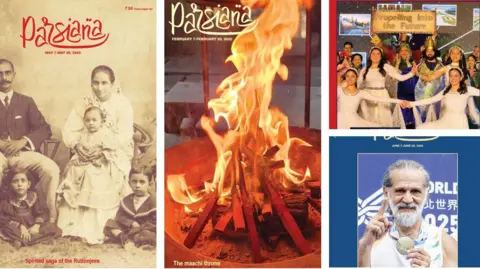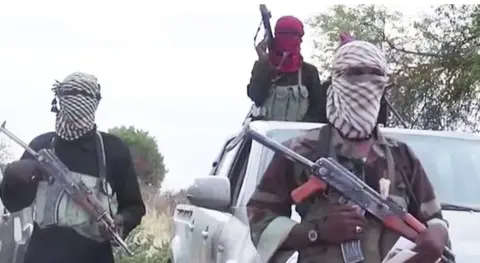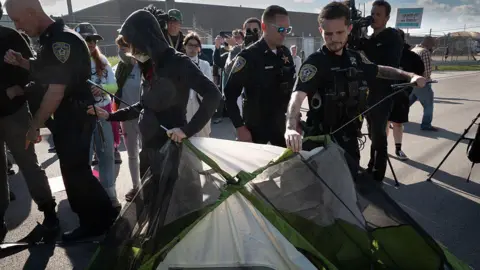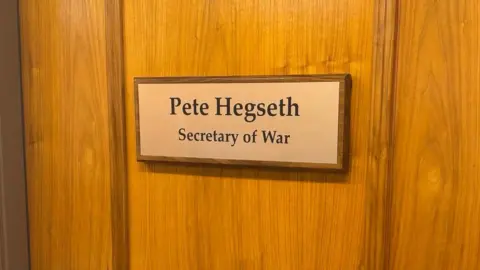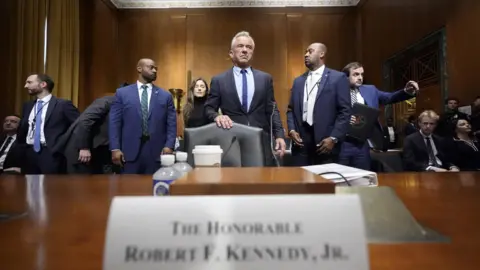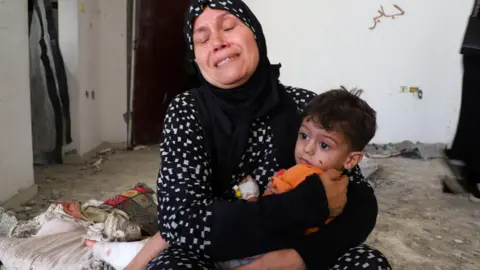In the quiet suburbs of Damascus, the Druze community finds itself navigating a landscape riddled with fear, distrust, and the constant threat of violence. The recent surge in attacks has left many questioning their safety and place in a post-war Syria. “Jihad against Druze” echoed through the streets of Ashrafiyat Sahnaya as fighters threatened the local populace, leaving residents like Lama al-Hassanieh to cower in their homes, unsure who to trust—government forces or extremist groups.
Historically, the Druze have held a delicate position in Syria, attempting to align themselves with the state in hopes of protection against the widespread violence that has plagued the country since the onset of civil unrest. Many Druze maintained their loyalty to President Bashar al-Assad, believing that their proximity to the regime would shield them from sectarian violence. However, that unspoken agreement began to unravel as Sunni Islamist factions gained momentum, leading to escalating attacks on Druze communities.
The breaking point came following controversial incidents sparked by a misleading audio recording attributed to a Druze religious leader, which stirred up sectarian sentiments across Syria. Protests erupted, infiltrating areas such as Ashrafiyat Sahnaya and leading to a brutal clash resulting in the deaths of over a hundred individuals, including both Druze fighters and security personnel. The situation forced many to flee, shrouded in fear that their lives were under imminent threat from organized attacks.
Lama Zahereddine, a pharmacy student, recalls the terrifying moments as gunfire erupted outside her home, prompting a frenzied evacuation. With her academic pursuits hanging in the balance, she now grapples with the reality of a fractured community and hostility from classmates—she reflects on the painful irony of being abandoned by peers during a time of crisis.
Community leaders, such as Hadi Abou Hassoun, have emerged as protectors in these volatile times, but their efforts are met with heavy resistance. Hadi himself faced gunfire while answering the call to defend fellow Druze against attacks, leaving him physically scarred and questioning the intentions of a government that has so far failed to provide adequate protection or accountability.
Despite the return of some semblance of calm, the atmosphere remains charged with uncertainty. Recent Israeli airstrikes near Druze-populated areas have further complicated the situation, raising questions about the future of this minority community in a country already fractured by conflict.
Lama al-Hassanieh poignantly captures the current mood: “Trust has been broken.” As she and her neighbors aim to rebuild their lives amidst lingering wariness, they yearn for acknowledgment and justice for the violence they have endured. The hope for an inclusive Syria where they feel valued and safe is increasingly overshadowed by fear of a future dominated by sectarian intolerance. The plight of the Druze community exemplifies the struggle for survival in a land where belonging has become a perilous endeavor.

